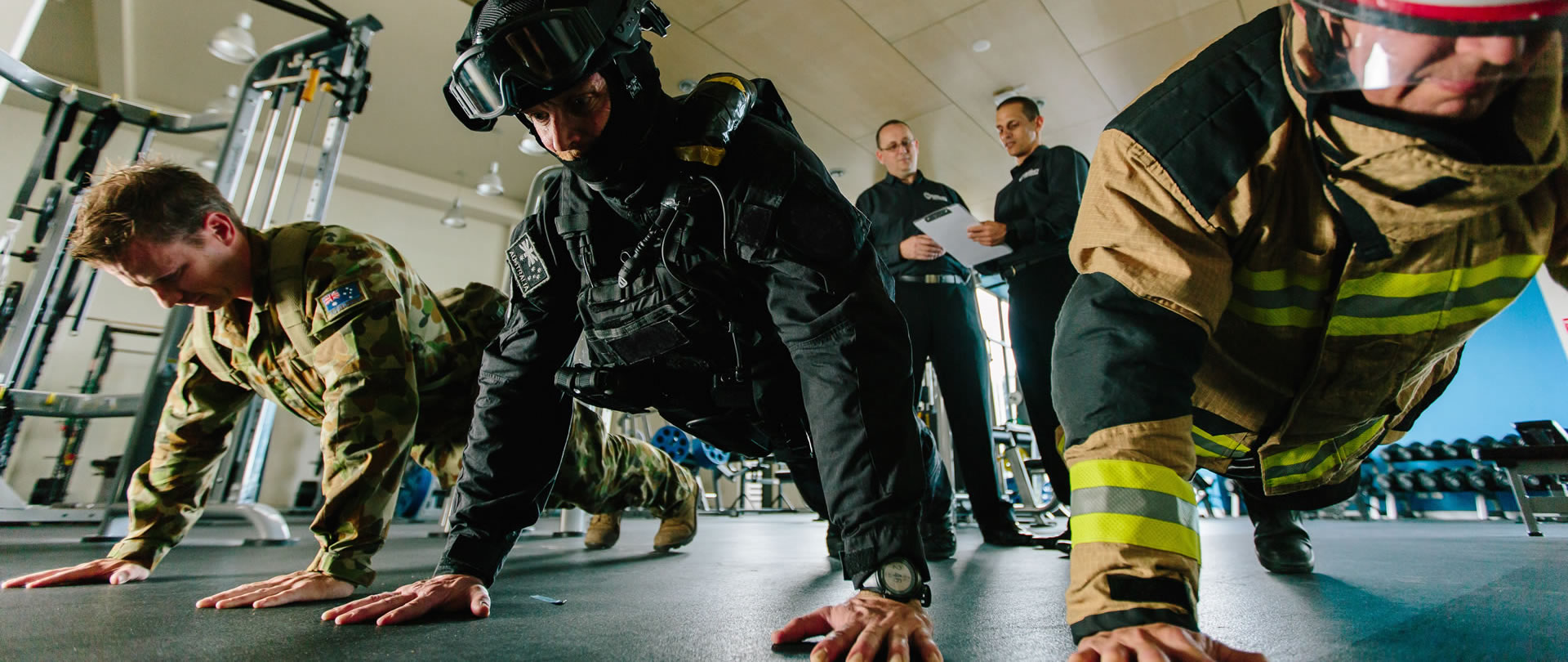New article alert!
The Relationship Between Acute: Chronic Workload Ratios and Injury Risk in Sports: A Systematic Review
ABSTRACT:
Purpose: Low injury rates have previously been correlated with sporting team success, highlighting the importance of injury prevention programs. Recent methods, such as acute:chronic workload ratios (ACWR) have been developed in an attempt to predict and manage injury risk; however, the relation between these methods and injury risk is unclear. The aim of this systematic review was to identify and synthesize the key findings of studies that have investigated the relationship between ACWR and injury risk.
Methods: Included studies were critically appraised using the Downs and Black checklist, and a level of evidence was determined. Relevant data were extracted, tabulated, and synthesized.
Results: Twenty-seven studies were included for review and ranged in percentage quality scores from 48.2% to 64.3%. Almost perfect interrater agreement (κ = 0.885) existed between raters. This review found a high variability between studies with different variables studied (total distance versus high speed running), as well as differences between ratios analyzed (1.50– 1.80 versus ≥ 1.50), and reference groups (a reference group of 0.80– 1.20 versus ≤ 0.85).
Conclusion: Considering the high variability, it appears that utilizing ACWR for external (eg, total distance) and internal (eg, heart rate) loads may be related to injury risk. Calculating ACWR using exponentially weighted moving averages may potentially result in a more sensitive measure. There also appears to be a trend towards the ratios of 0.80– 1.30 demonstrating the lowest risk of injury. However, there may be issues with the ACWR method that must be addressed before it is confidently used to mitigate injury risk. Utilizing standardized approaches will allow for more objective conclusions to be drawn across multiple populations.


